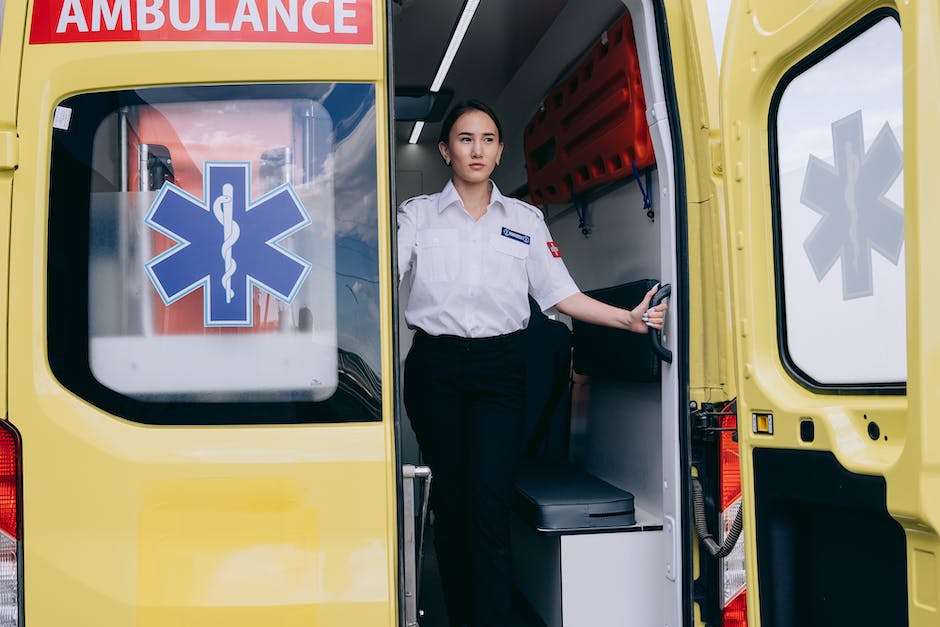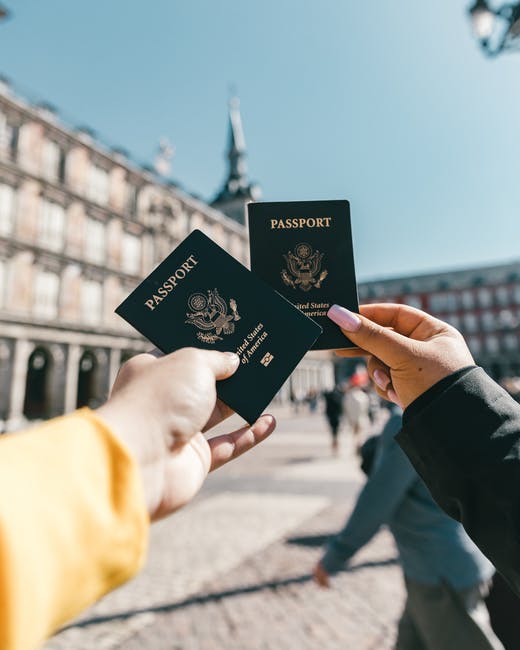Injured wild animals are an unfortunate but frequent occurrence in nature, particularly in environments where humans and wildlife interact. Many of these animals are impacted by activities such as habitat destruction, hunting, and the presence of predators. When an animal becomes injured, their chances of survival decrease substantially, and they need to be rescued and rehabilitated. In some cases, animals may require medical treatment, while in other cases, they may need to be relocated to an area where they can thrive. It is important to understand the risks that are associated with injured wildlife, as well as how to intervene in order to help them safely. When attempting to rescue an injured animal, it is important to remember that safety must always be a priority.
If you come across an injured wild animal, it is important to understand the best way to handle the situation. It is important to note that wild animals can be dangerous and should be handled with caution. Before taking any action, it is essential to assess the situation and determine if the animal is truly in need of help. If the animal is injured or appears to be in distress, here are a few tips to consider:
Observe The Animal from A Safe Distance
If you encounter an injured wild animal, it is important to observe the animal from a safe distance. Taking a few moments to assess the situation can help you determine the best course of action, as well as protect both the animal and yourself from any potential danger. If the animal appears to be severely injured, take extra caution to ensure that you do not put yourself in harm’s way. Remain at least 15 feet away from the animal and observe its behavior. If the animal does not seem to be in immediate danger, consider taking a few photos for documentation, as this will be helpful for a wildlife rehabilitation specialist.
Contact Your Local Animal Care Agency
The best course of action is to contact your local animal care agency. They will be able to provide you with information on how to safely capture and transport the animal to a local wildlife rehabilitation center. It is important that you do not attempt to treat the animal yourself, as you may do more harm than good. Furthermore, it is important to note that wild animals are protected by law, so it is illegal to keep them as pets.
Take Note of The Animal's Physical Condition
If you discover an injured wild animal, it is important to take note of the animal’s physical condition before taking any action. Observe the animal from a distance to assess its condition. Check for any visible injuries, such as bleeding or broken bones. Note any other signs of distress, such as difficulty breathing or lethargy. If the animal is conscious and mobile, identify any signs of fear or aggression.
Provide The Animal with Food and Shelter If Possible
Make sure to keep yourself at a safe distance and only approach the animal if you have the necessary training and experience in handling wild animals. If you are able to, try to provide a large, safe and comfortable cage or confinement area for the animal. If the animal is unable to utilize an enclosure, you can provide a makeshift shelter, such as a cardboard box with a towel or blanket on the bottom. Food should also be provided for the animal, but make sure to withhold food for at least 24 hours if the animal is severely injured or exhausted.
When we encounter an injured wild animal, it can be a difficult situation. It is a natural instinct to want to help it, but it is important to be aware of your safety and the safety of the animal. It is not always possible to find an expert to help, so if you find yourself in this situation, it is important to consider what you can do to help the animal in a safe way. You are free to share your thoughts on safe ways to assist injured wild animals in the comment section.



















